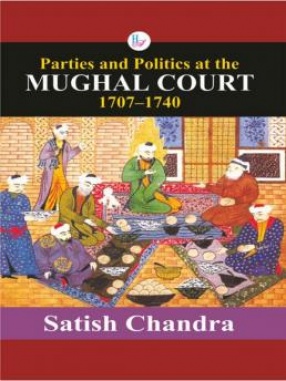
Satish Chandra

27 books
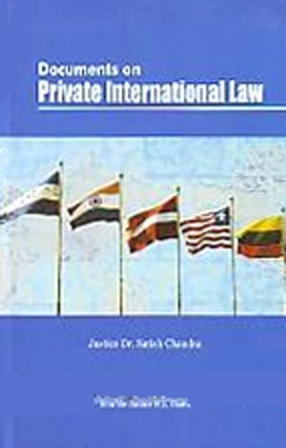


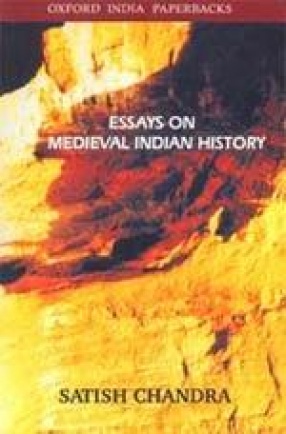
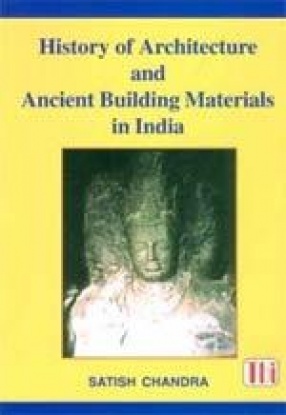
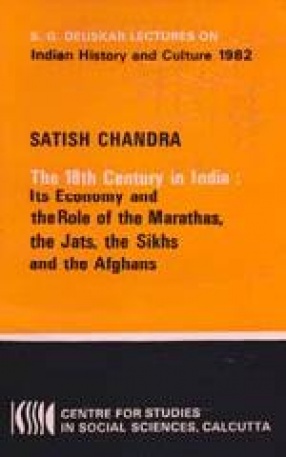
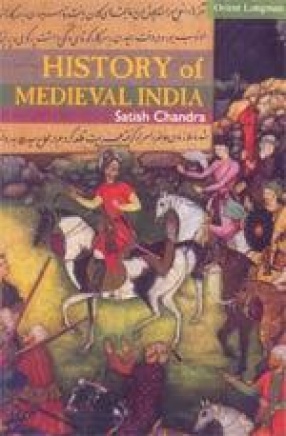
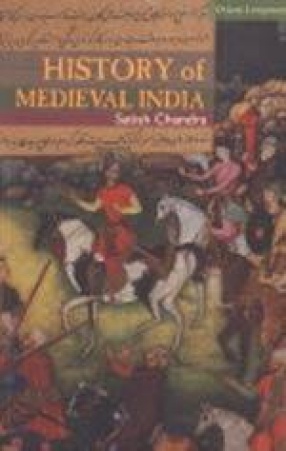

This important book provides a new perspective on the decline of the Mughal Empire,departing from the existing appraisement of Aurangzeb,the functioning of the Mughal nobility and the crisis of the jagirdari system.It re-examines in detail the first half of the eighteenth century, which was a period of party struggle and political controversies.This was the phase in which struggle for liberal and orthodox policies identified as the policies of Akbar and Aurangzeb ...
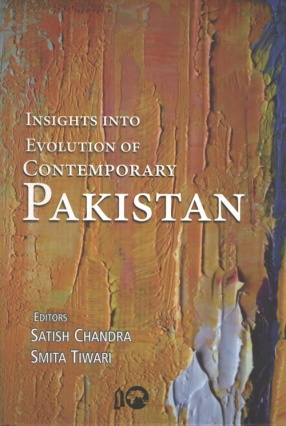
The year 2013 was the ‘year of transition’ for Pakistan as three major posts saw change of guard. The election held in May 2013 paved the way for the first democratic transition, electing Nawaz Sharif as the Prime Minister of Pakistan. The same year, General Pervez Kayani was succeeded by General Raheel Sharif as the Army Chief of Pakistan and T. Hussain Jillani succeeded Iftikhar Muhammad Chaudhry as the Chief Justice of Pakistan. These developments ...



The focus of the book is the wide stretch of water- and sea-ways connecting the coasts of Bengal and Sri Lanka to the coast of Vietnam. The authors address three broad issues through an interdisciplinary perspective. The first relates to boat-building traditions and the communities who traversed these waters. The challenge is to use the ethnographic present and mobility of the fishing and sailing groups for an understanding of the history of the sea and the ...
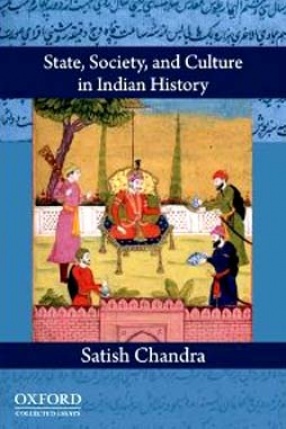
This book explores the complex linkages between state, society, and culture in medieval and modern India. It discusses issues like secularism, composite culture, pluralism, historiography, and the use of sources.
Written over the past decade, this collection of essays explores the complex linkages between state, society, and culture in medieval and modern India. It discusses various ideas under the wider rubric of historiography, history writing, and the use of ...


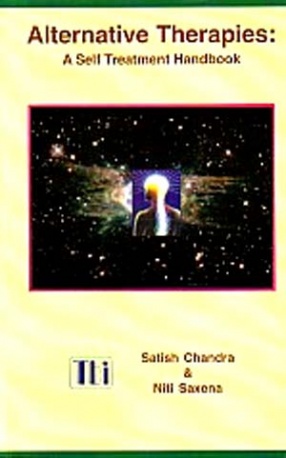


This important book provides a new perspective on the decline of the Mughal empire, departing from the existing appraisement of Aurangzeb, the functioning of the Mughal nobility and the crisis of the jagirdari system. It re-examines the first half of the eighteenth century, which was a period of growing anarchy and cultural stagnation. The post-Aurangzeb period has been presented as one in which struggle for liberal and orthodox policies was linked with the ...


This text book is specially designed for the students of Engineering Colleges and Universities. It covers all aspects of Airport Planning and Design from Fundamentals to Modern Technological Developments. Special Features: It covers all recent development in the aviation industry. Historical events characterizing the development of India’s domestic air travel industry have been discussed in length. The book provides essential information on the dramatic changes ...

In this volume, one of India’s leading historians explores the interconnections between society, economy, religion, and state in medieval India. Since the earliest of these essays was written in 1948, the shape and direction of history writing have undergone great change. The essays in this collection reflect—and have also been responsible for determining—new currents in history writing over the last five ...
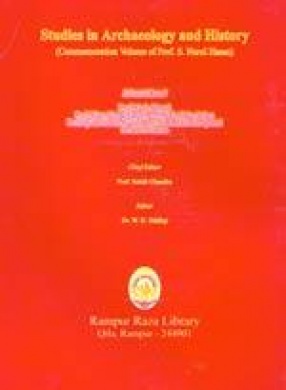
Professor Nurul Hasan or Nuru as he was affectionately called by members of the family and those close to him, was not only a profound scholar and a gifted teacher, but a great institution builder. Apart from the Centre for Advanced Study in History at the Aligarh Muslim University, he built many other institutions, such as the Indian Council of Historical Research, the Maualana Abul Kalam Azad Institute of Asian Affairs, the Society for Indian Ocean Studies, ...

Protection of minorities is the protection of non-dominant groups which, while wishing in general for equality of treatment with the majority, intend for a measure of differential treatment in order to preserve basic characteristics which they possess and which distinguish them from the majority of the society. The protection applies equally to individuals belonging to such groups and wishing the same protection. This protection of minorities required positive ...

History of Architecture and Ancient Building Materials in India" consists of two parts. The first part deals with the architecture of India and the second part is about the ancient building materials. The aim of the book is not to go into detail about the architectural history of India but to give an impression and awareness about the architectural skills existed in the ancient period and how it differed during the different rulers who invaded India. The ...
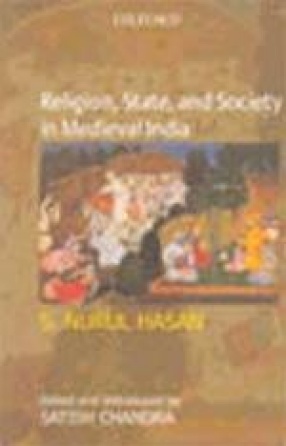
"S. Nurul Hasan played an important role in giving a new direction to history writing in India immediately before and after independence. This book brings together essays spanning a distinguished, often pioneering, career of a leading academician. Reflecting the evolution of his ideas on medieval Indian history, they demonstrate the diversity and versatility of Hasan's works and his multi-disciplinary approach to the study of history. The section on ...
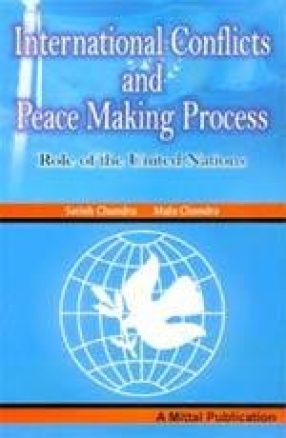
The present study is an analysis and legal evaluation of the UN peace keeping operations particularly India’s contribution with regard tomaintaining nternational peace and security. In the present study, it has become crystal clear that no international force has so far been capable to maintain complete peace and security; it has to contain itself with its general responsibility, namely, supervising ceasefires, political frontier areas, enforcing law and order, ...

The present work starts with the theme of decentring of history and how, in the context of decolonization, all people in the world must write their own history. Its goes on to asses the impact of Central Asian ideas and institutions on Indian history during the 10th to 14th centuries, and the growing concept of historiography in the country. In the field of culture, the historical roots of the rise of the bhakti movement are re-examined. The section on state ...

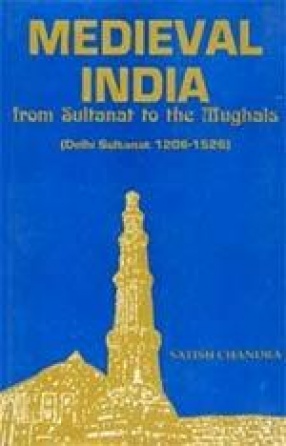
The present work is a broad survey of political, social, economic and cultural developments in India between 1206 and 1526. These three and a quarter centuries, called the Delhi Sultanat, is sometimes seen as a dark age of war and rapine in which little developments took place. Disagreeing with this view, the author brings out the distinct lines of development between the political, social, economic and cultural spheres, and their inter relationships. While ...

Satish's Chandra's History of Medieval India is a comprehensive overview of the history of the Indian subcontinent during the thousand-year period between the eight and the eighteenth century. History of Medieval India studies this interesting period in Indian history when the land underwent drastic changes and was deeply influenced by the invading armies, religious movements, and the vicissitudes of the changing political, economic and cultural scene. To tell ...

Satish Chandra's History of Medieval India is a comprehensive overview of the history of the Indian subcontinent during the thousand-year period between the eighth and the eighteenth century. History of Medieval India studies this interesting period in Indian history when the land underwent drastic changes and was deeply influenced by the invading armies, religious movements, and the vicissitudes of the changing political, economic and cultural scene. To tell the ...
